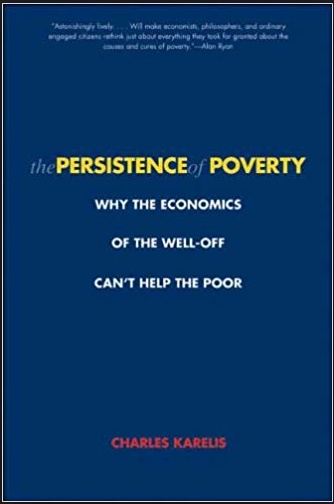Charles Karelis has the final word in our exchange. Here’s Charles:
Bryan, my responses to your last word.
If you think utility is well-suited to analyzing life or death choices, you should include a utility analysis of life or death choices in your book. Having read Derek Parfit’s Reasons and Persons on length of life vs. quality of life choices, and after thinking about it for a few decades, I came to the conclusion the problem was just too hard for me. I assure you this had nothing to do with defending increasing marginal utility above subsistence. My book doesn’t discuss the “utility” of being alive, if that even makes sense, and your rebuttals don’t address my actual position. Good luck with this problem.
Your “big point” is that even near subsistence, marginal increases in consumption have a big and I guess you mean diminishing marginal utility. With respect, I can only refer you (again) and any uncommitted readers to the empirical study I cited earlier and I would also suggest a review of the other studies cited in the research section of Andrew Yang’s website. There is a great deal of evidence there, albeit inductive, that at low levels of consumption, increases in consumption have increasing marginal utility. It’s the best explanation of the observed increasing willingness to work. Conversely, cutting social safety net programs is counterproductive. I assume you will want to rebut each of these studies in your book, or provide a simpler explanation of these results than mine.


READER COMMENTS
David
Sep 7 2019 at 8:02am
I have not read Parfit but I reckon you won’t find it too hard to use utility analysis to capture the main feature of people’s life or death choices: that being that they usually choose life.
I also reckon you could find plenty of subtle features of people’s choices not involving death that are also hard to explain with utility analysis.
Is there a particular middle ground of interest here? How should I locate its boundaries?
Comments are closed.